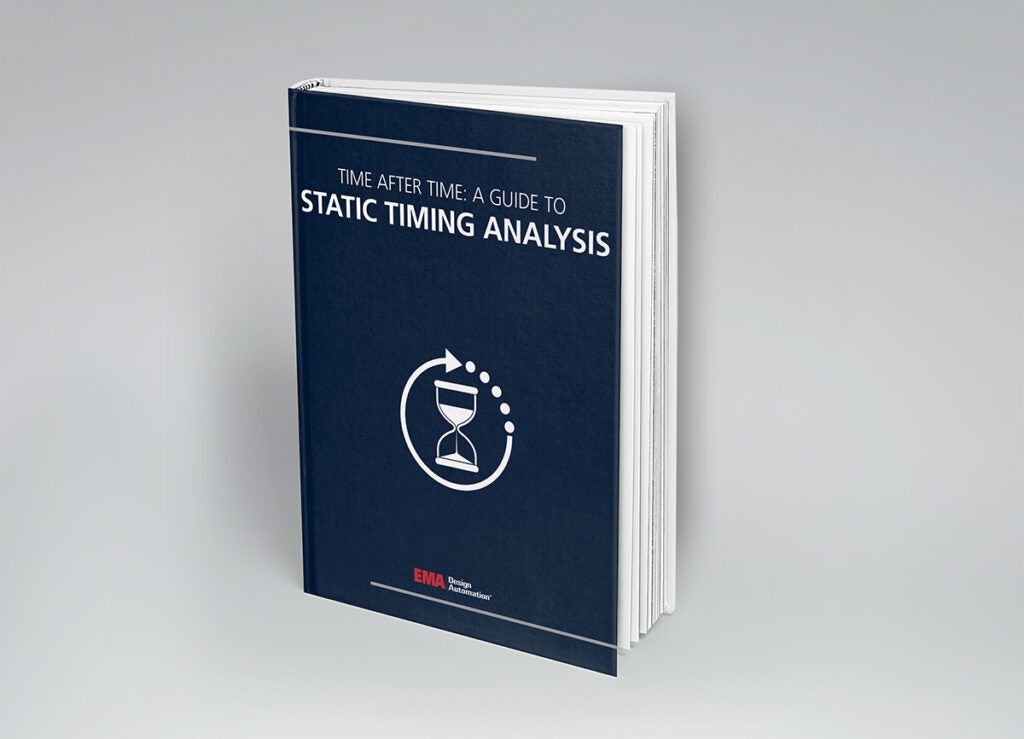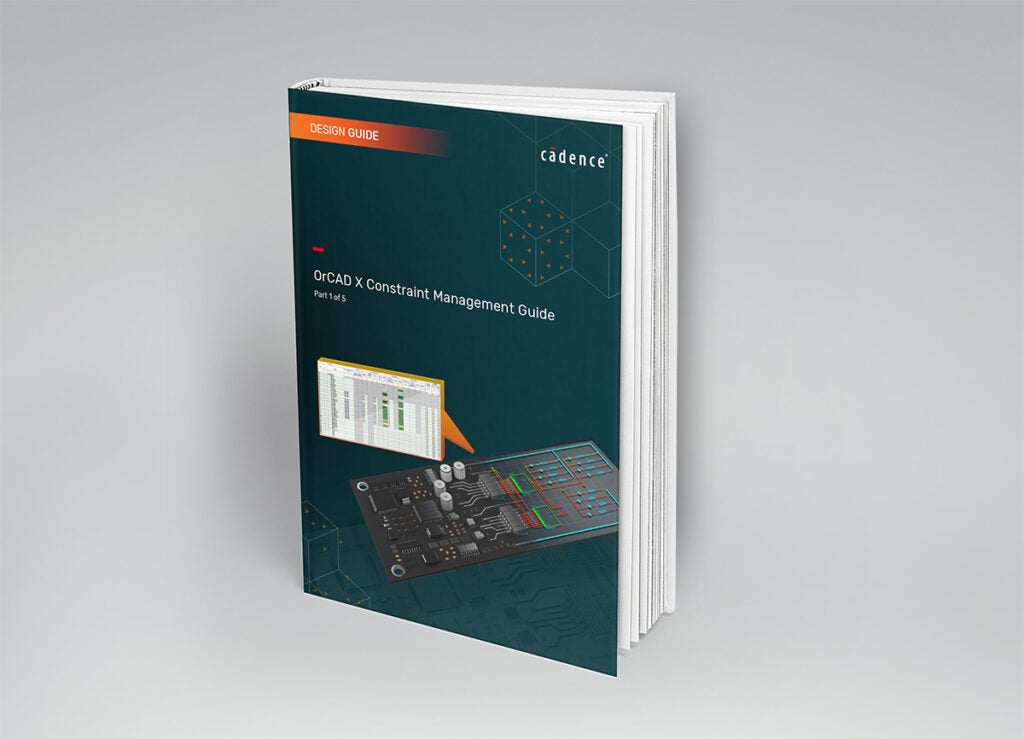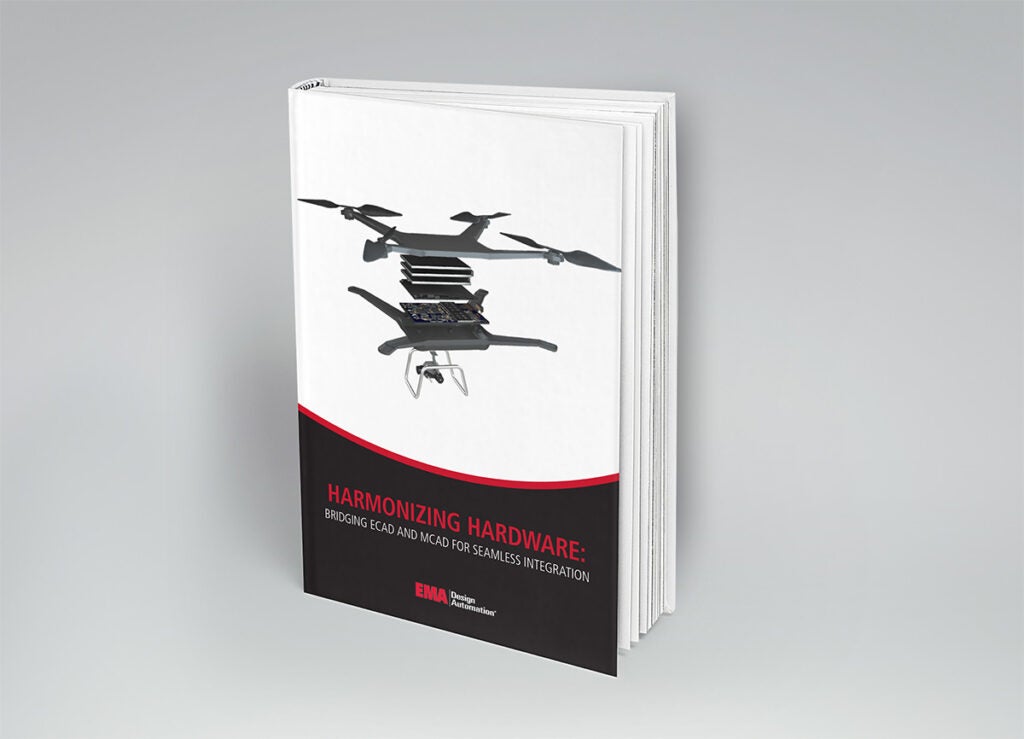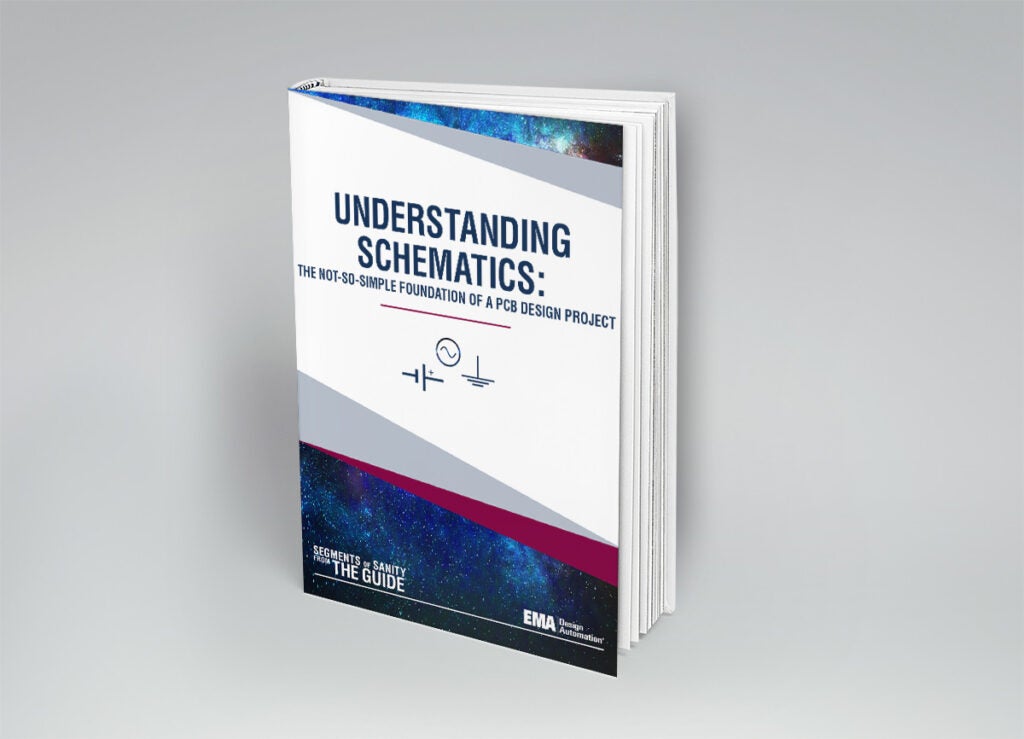When designing circuit boards, engineers must overcome many challenges. For RF boards, major issues are minimizing the effects of electromagnetic interference (EMI) and achieving electromagnetic compatibility (EMC) to ensure that signal integrity is maximized. For digital signal transmission/reception (TX/RX), ensuring the correct timing is no less critical. Depending on the application, lack of synchronization can result in problems ranging from erratic behavior to system failure. Therefore, it is important to know why and how to perform static timing analysis.
This eBook answers the following questions:
- What is static timing analysis (STA) and why is it important?
- What is the difference between dynamic and static timing analysis: DTA vs STA?
- What are the essentials to include and how to set up a STA?
- How to use TimingDesigner to expedite your STA and ensure your board will meet its signal synchronization requirements once it is online.











